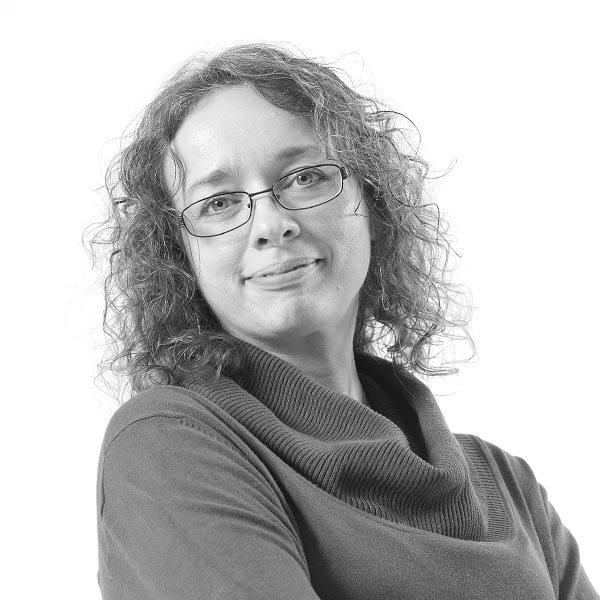An analysis of users and their tasks typically generates a lot of rich information… but the process of translating that information into design solutions may seem like “magic.” The truth is that user-centered design is iterative, and requires a mixture of art and science — it takes a series of small steps that both transform and refine the collected information into design solutions. This presentation uses the analogy of building a house to illustrate the process from high-level visioning all the way through detailed design.
Download the presentation


